With Greg Helton in charge, Nutra Innovations has been on a rampage, as shown by the insanely strong Epitome pre workout and hydrating Essentials EAA supplement.

Bet your pre workout doesn’t have two of these ingredients! Get ready to learn about 1-Laurolyl-Glycerol, also known as monolaurin.
While Epitome is fantastically formulated with excessive amounts of pumps and energy, what if you want to take it even further? What ingredients can add even more pumps to the workout, and make them last longer?
Enter 24HR Pump
Nutra Innovations 24HR Pump is a stimulant-free pre workout supplement pill that adds three ingredients – two of which most likely aren’t in your stim-based pre workout.
This means it can be stacked with nearly anything, or taken solo. In the case of Epitome, if you can’t handle a full scoop, this can help make up for lost pumps… but if you add to a full serving, get ready for the workout of a lifetime!
Below, we discuss this unique, stackable nitric oxide and pre workout pill, and dig into a new ingredient that hasn’t been discussed yet on PricePlow. But first, sign up for our Nutra Innovations news so that you don’t miss out on their next wave of innovation:
Nutra Innovations 24HR Pump – Deals and Price Drop Alerts
Get Price Alerts
No spam, no scams.
Disclosure: PricePlow relies on pricing from stores with which we have a business relationship. We work hard to keep pricing current, but you may find a better offer.
Posts are sponsored in part by the retailers and/or brands listed on this page.
This area is reserved for Team PricePlow's upcoming Ingredients video.
Subscribe to our channel and sign up for notifications so you catch it when it goes live!
1-Laurolyl-Glycerol?! We’ve covered glycerol, and we’ve also covered the medium chain triglyceride lauric acid… but we’ve never dug into their chemical combination bound together!
Nutra Innovations 24HR Pump Ingredients
The following dosages come when using a full six capsule serving. At 180 capsules per bottle, you can full-dose it through 30 workouts.
-
1-Lauroyl-Glycerol – 3.5g
A unique spin on glycerol, a nitric oxide “defender”, and some salt to keep the water in balance… if you’re down to take down six capsules!
More commonly known as monolaurin or glycerol monolaurate, 1-Lauroyl-Glycerol is a glycerol molecule bound to the medium chain triglyceride (MCT) lauric acid. Lauric acid is also known as C12 due to its 12 carbon atom chain. Together these two ingredients possess some incredible properties.
33.5% Glycerol ~= 1.2g Glycerol Yield
Since monolaurin contains roughly one-third glycerol (based upon molar masses), a full six capsule dosage will get you a bit under 1.2g glycerol yield once it is broken down in the system, with lauric acid contributing to the rest of the ingredient.
The glycerol water-pump effect
Glycerol is often used as a hyper hydration agent, since it’s able to help the body hold additional water as it increases osmotic pressure.[1] While most pre workout supplements give a nitric oxide pump, not all include this water-based pump effect, and that’s why glycerol is often added. The biggest issue with glycerol is that it’s clumpy, which is why it’s great to see in a capsule, where it won’t suck water out of the atmosphere and turn your tub of pre workout into a brick.
While the hyperhydration / water-pump effect is why most weightlifters use glycerol, the increase in hydration status leads to other tangible benefits, too, however. It’s worth noting that all of the research is based upon higher glycerol dosages, so we aren’t likely to see the full effects of research studies below, but if you drink enough water with 24HR Pump, we expect some benefits to be there.
Glycerol’s hydration leads to endurance and more
For instance, a 2012 placebo-controlled study on 40 volunteers (half of them college soccer players) testing aerobic and anaerobic ability tested glycerol against placebo for 20 days.
The scientists determined that glycerol significantly improved aerobic performance compared to their baseline tests before the study began.[2] Additionally, the glycerol group significantly improved times in a time trial race versus placebo.[2] They also had a significant boost in anaerobic power compared to the placebo groups.[2]
When it comes to hydration, endurance, cell volumization, and heat tolerance, water is king. And this simple ingredient — glycerol — enables you to hold more water for better performance!
The researchers attributed this to their enhanced hydration[2,3] – training longer, getting more volume, and the additional volume getting more performance and gains. Meanwhile, the “swole” look of having additional water in the cells during training is something most lifters enjoy!
Beyond that, other high-glycerol studies have shown prolonged endurance,[4-6] reduced urination,[7] and heat protection / better performance and ability to handle training in high temperatures.[8]
Just remember that you need to drink lots of water for this to work best!
We have the details of those studies in our article titled Glycerol: The Ultimate Guide for Hydration, Heat Protection, and Pumps. But now it’s time to look at the lauric acid side of monolaurin.
Lauric Acid – The C12 MCT
The other half of 1-Laurolyl-Glycerol / monolaurin is lauric acid, the MCT often known as C12. Coconut oil is primarily made of lauric acid, followed by many other medium chain triglycerides, or MCTs.
These fatty acids provide near-immediate energy, and incredibly healthy sources of saturated fats. They bypass our body’s traditional fat digestion mechanisms (which often use pancreatic lipase and bile) and are instead absorbed directly through intestinal cells into the portal vein, although lauric acid does this to a smaller extent.[9] Because of this, MCTs are digested faster than longer-chain fatty acids, and research shows that their absorption rates rival glucose, one of the nutrients we absorb fastest.[10]
As the longest-chained MCT, lauric acid exposes some very unique properties that straddle the lines of medium chain and long chain fatty acids. Its processing is not as instant as shorter-chained MCTs like C8 and C10, and can be absorbed via the lymphatics, delivering some unique metabolic properties.[11-13]
For instance, lauric acid has been shown to increase HDL cholesterol levels,[14] which is something that most pharmaceutical drugs can safely do. It turns out that lauric acid is what brings most of the antiviral and antibiotic properties to coconut oil and other coconut products.[15-18]
What about research on 1-Lauroyl-Glycerol itself?
We definitely believe there’s more to monolaurin than just serving as a carrier for our glycerol here[19]…
Looking at the reviews of monolaurin supplements on Amazon, you will see ridiculous claims regarding immunity and general health. In vitro, there are several studies showing antibacterial, antiviral, and other antimicrobial effects.[20-25] The effects seem incredible, but it’s important to note that there have only been three peer-reviewed studies on humans, and those were used topically.[19]
Ultimately, if 24HR Pump has you feeling better than you have for a long time, then you should dig deeper into this ingredient and keep it in your repertoire, as it has GRAS (generally recognized as safe) status.[26]
We have a feeling Nutra Innovations has stumbled onto something very useful that the sports nutrition world hasn’t taken seriously enough. Yes, we’re here for the glycerol pumps, but there’s far more to this ingredient than just glycerol.
-
L-Norvaline – 300mg
Most pre workout supplements (such as Nutra Innovations Epitome) are used to acutely raise nitric oxide levels, but what do they do to keep nitric oxide levels high?
Our bodies use arginine and citrulline as vasodilators that generate more nitric oxide, which enhances blood flow by opening the blood vessels up a bit.
Because of this, improved NO production has been linked to better aerobic energy,[27] muscle efficiency,[28] and anaerobic exercise performance.[29] It also reduces muscle soreness.[29] Most of us know and love these effects.
L-norvaline is a derivative of the BCAA valine, and functions in the same pathway as arginine. While arginine plays a direct role in increasing NO production, norvaline’s effects are more indirect.
The body always tries to keep homeostasis, and once it sees arginine in the bloodstream, it will break it down with an enzyme known as arginase.[30] So the idea for maximum NO production is not to just take an NO booster, but to also take an arginase inhibitor. And norvaline is just that – it inhibits arginase,[30] preventing arginine’s breakdown.
Researchers have noted that too much arginase not only yields a severe decline in L-arginine, and with limited substrate to make nitric oxide, there will eventually be less NO as well as increased superoxide anion generation that will cause all kinds of other problems.[31] Those same researchers gave hypertensive rats L-norvaline and noted a significant decline in blood pressure thanks to its NO-boosting effects.[31] Other researchers have noted that norvaline substantially amplifies the nitric oxide production rate in macrophages.[32]
So while the rest of your pre workouts NO boosters are on “offense”, we consider this to be a “defense” play to keep your NO levels higher – hence, the 24HR Pump!
However, when a researcher made claims against large doses of norvaline in vitro,[33] many supplement companies scrambled to remove it. This left many consumers without their favorite “pump defender”, but it remains as an option in 24HR Pump for those who still believe in the ingredient and its effects.
Ultimately, the ingredient belongs in a supporting role exactly where Nutra Innovations has put it – it’s not in Epitome for the masses, but it’s in the wildly unique 24HR Pump supplement that can be added to nearly any pre workout supplement with an almost-guaranteed non-overlap of other pre workout ingredients.
-
Sodium Chloride – 100mg (yielding 39mg sodium, 2% DV)
What better to go with the hydrating effects of the glycerol than some sodium chloride, aka salt. Given that you should be drinking a large amount of water with 24HR Pump to get the glycerol working, you don’t want to knock your electrolytes out of balance. A little bit of added sodium can go a long way in this regard.
Powered by Industry Insider feedback, Nutra Innovations Essentials is exactly the EAA intra workout many are looking for: EAAs and quality hydration agents.
If training hard and losing water and minerals through sweat, yet only replacing them with water, you may be getting incomplete rehydration. In severe cases, this can lead to hyponatremia, or sodium deficiency / low sodium concentrations.[34] Other possible problems are decreased performance and heat cramps / other heat-related issues (note that glycerol helps with these as well).
The solution is to increase electrolyte intake, especially sodium. Nutra Innovations does a bit of this for you, adding 100mg salt to get you started off right. If you want more (and you likely do if you’re sweating a lot), then also continue drinking an intra workout supplement such as Nutra Innovations Essentials.
There are massive amounts of research behind this stance on sodium for athletes, much of which covered in the 2007 paper titled The Importance of Salt in the Athlete’s Diet,[34] which cites several other helpful studies.
24HR Pump is a unique pre workout add-on
Too often, we see products in the “nitric oxide pills” category merely add more ingredients that you’re likely already getting elsewhere from your pre workout. Nutra Innovations made sure that this wouldn’t be the case with 24HR Pump, as it’s the first time we’ve ever covered 1-Lauroyl-Glycerol (or monolaurin / glycerol monolaurate). These are ingredients that select athletes can choose to add to the stack, giving options that we haven’t seen before.
We’re fascinated by the research behind MCTs and monolaurin, and think there’s more to this one than the scientific community realizes. Yes, we’re here for the added and lengthened pumps, but if you take 24HR Pump and start feeling a bit healthier and more vibrant, you may want to dive deeper into this one!
Until next time, sign up for our Nutra Innovations news alerts. As you can see from the image to the side, their First Scoop program is up and running, and retailers are getting involved in their product development with early feedback to make sure everything is on point!
Nutra Innovations 24HR Pump – Deals and Price Drop Alerts
Get Price Alerts
No spam, no scams.
Disclosure: PricePlow relies on pricing from stores with which we have a business relationship. We work hard to keep pricing current, but you may find a better offer.
Posts are sponsored in part by the retailers and/or brands listed on this page.


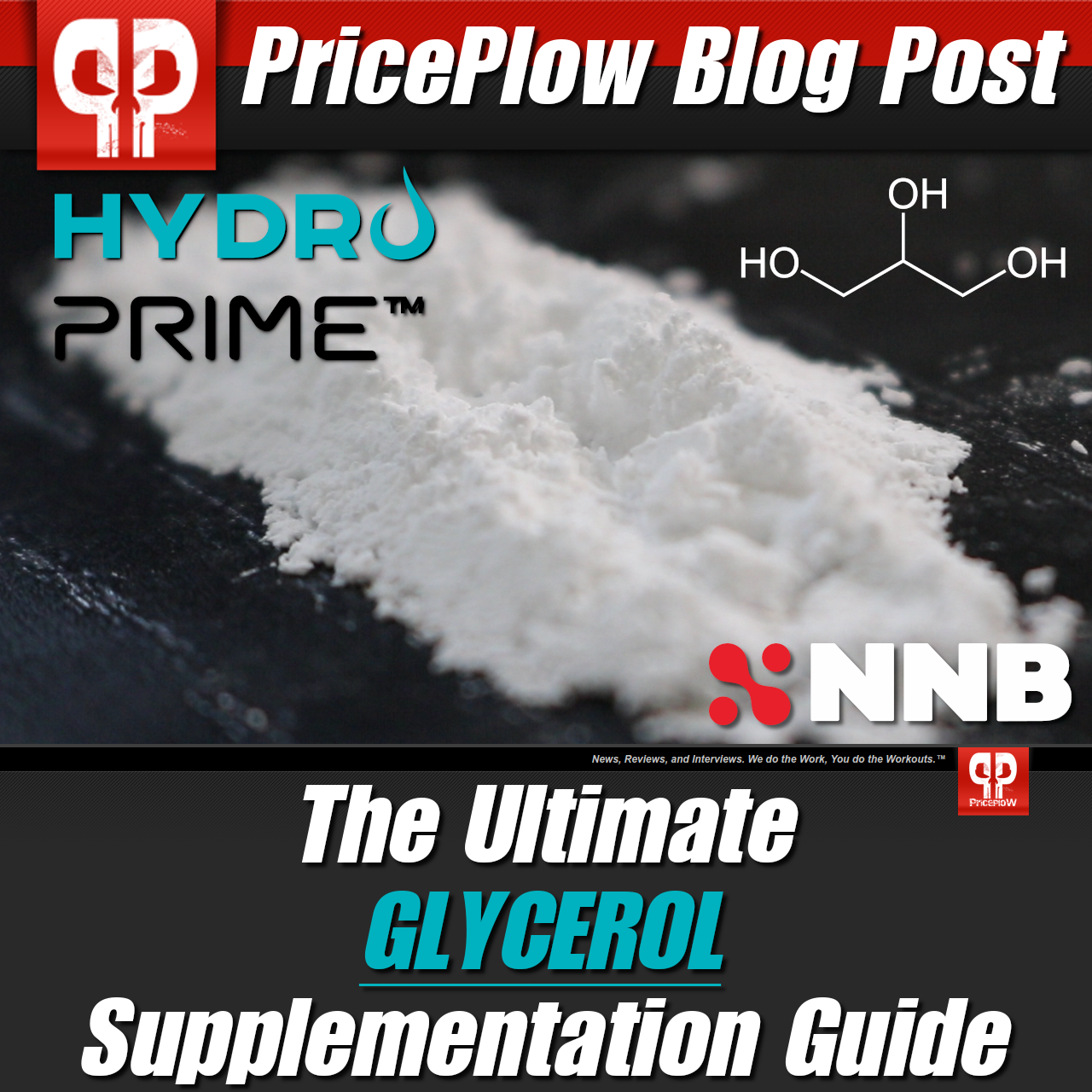
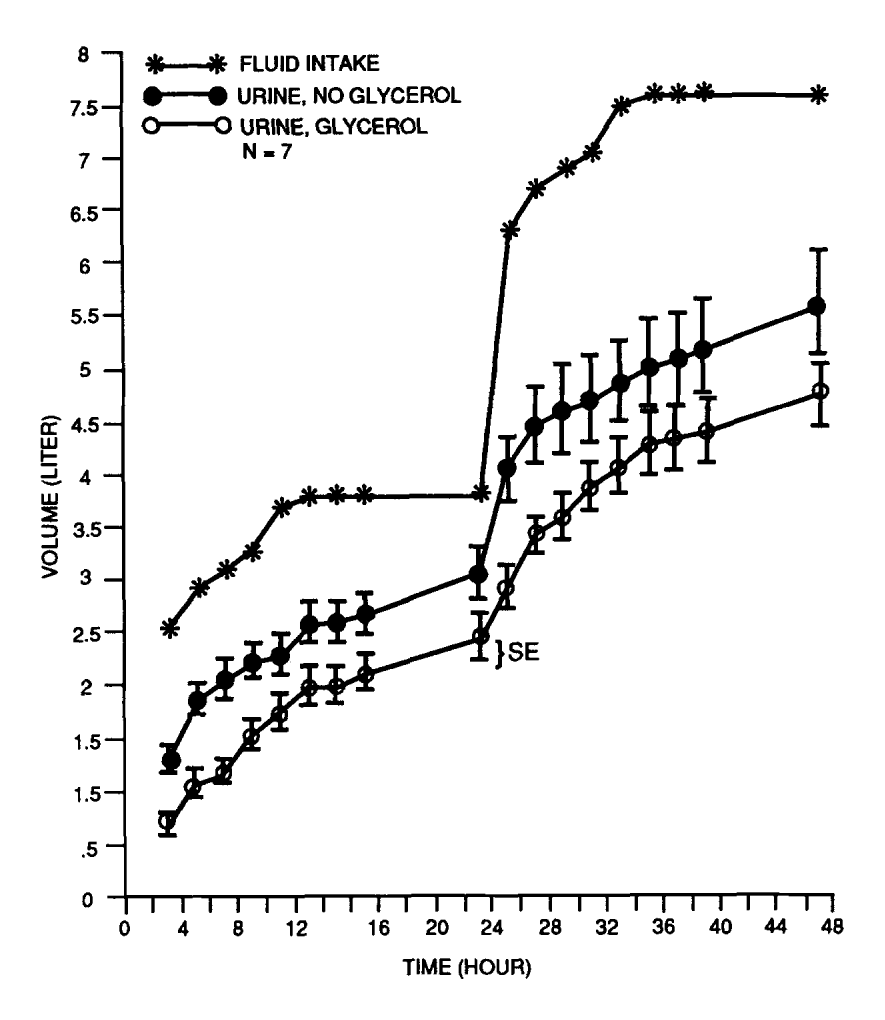
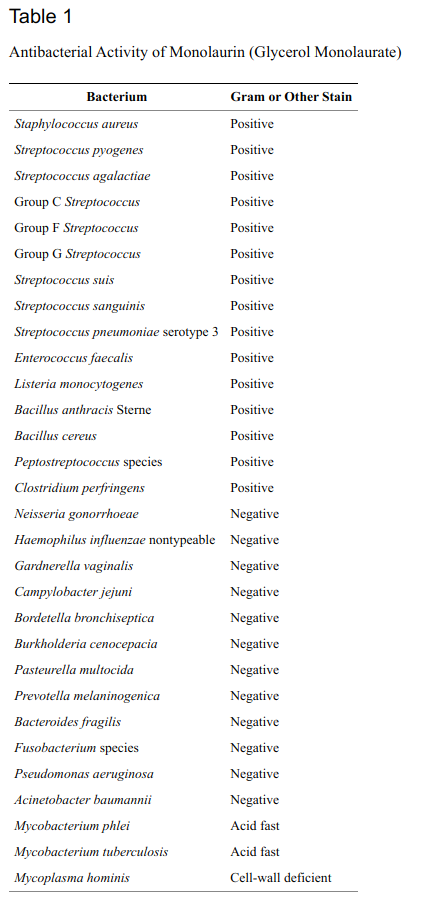
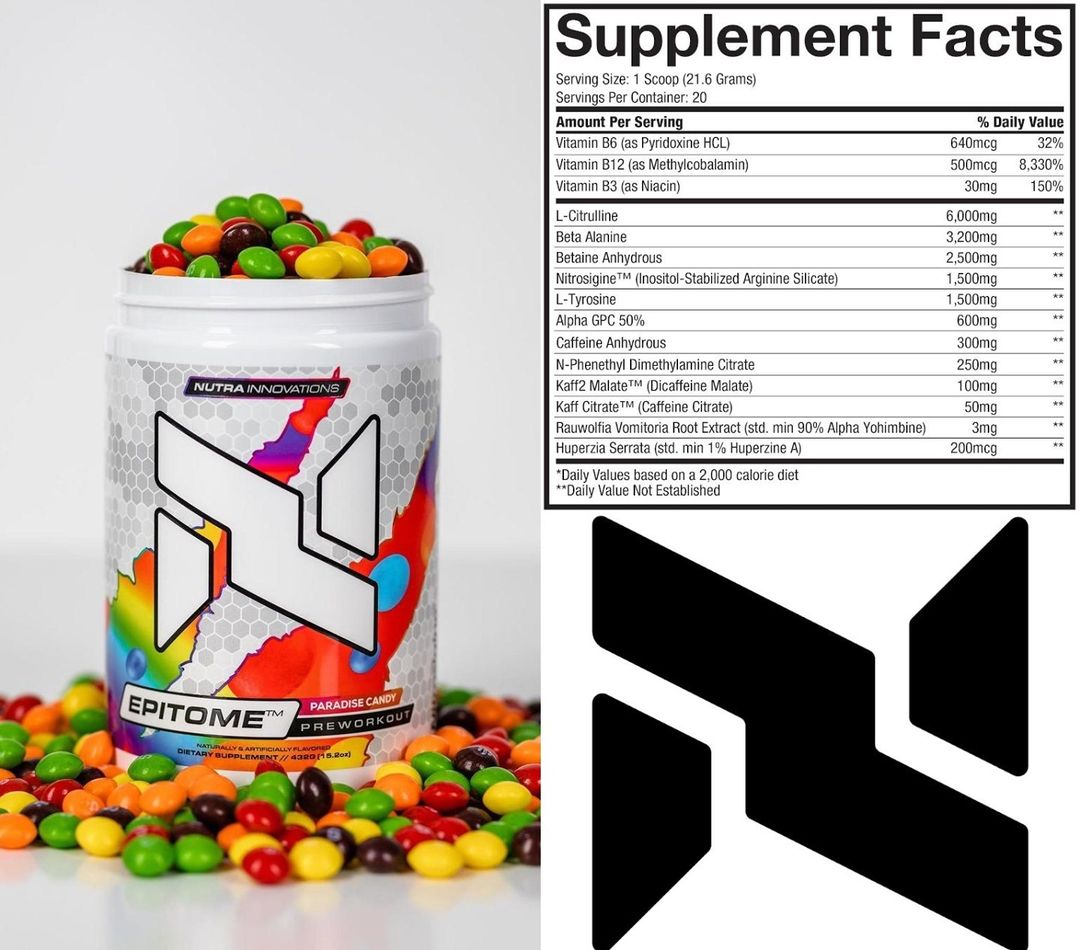
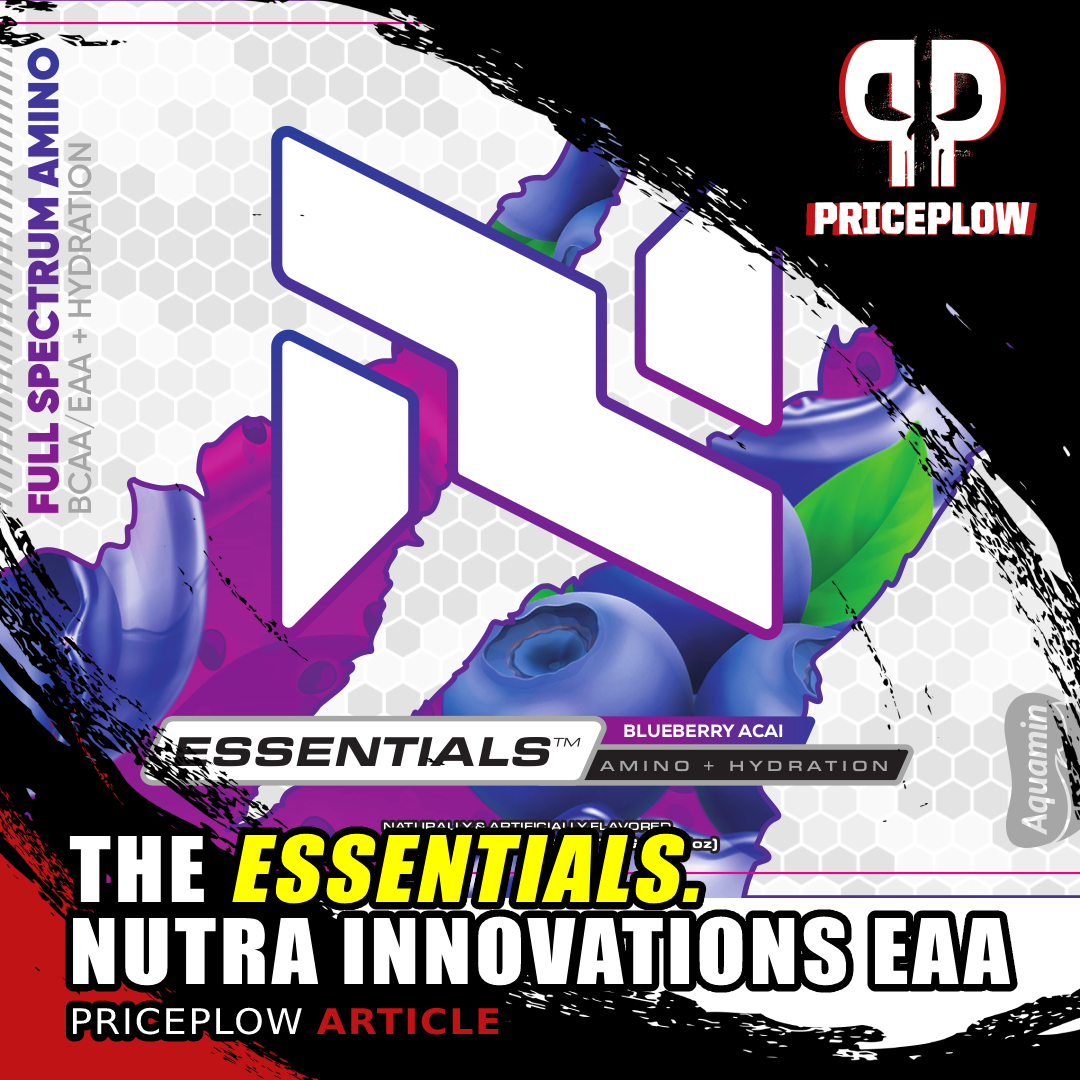
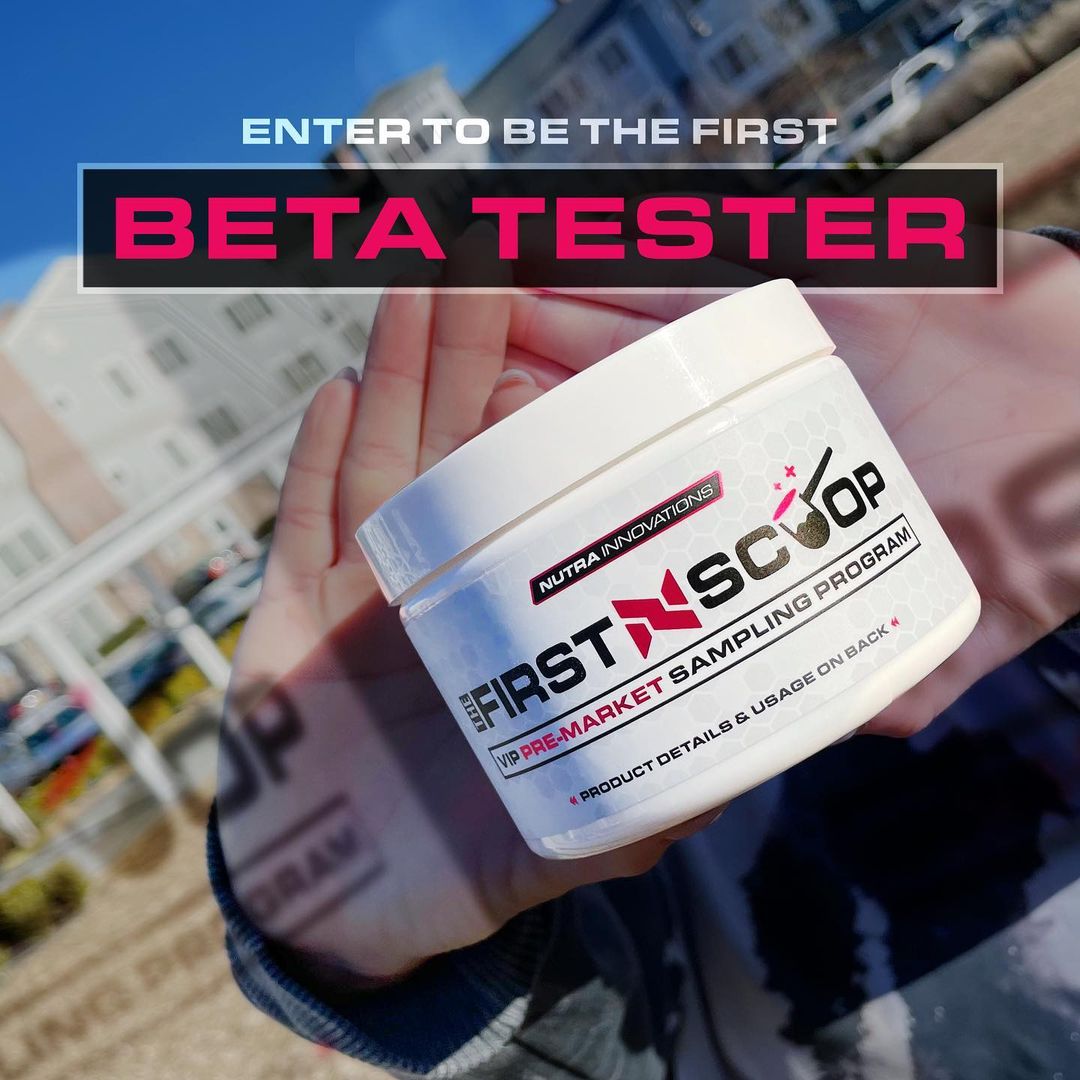


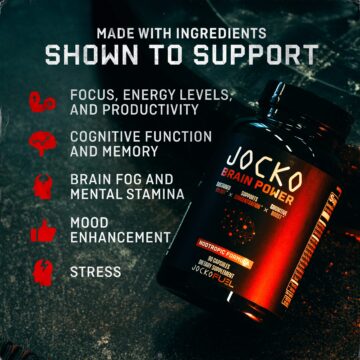
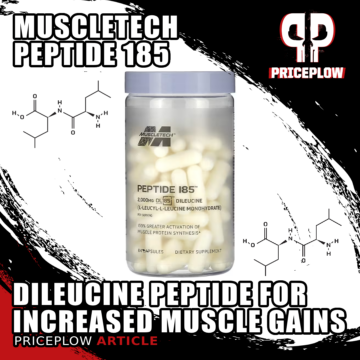
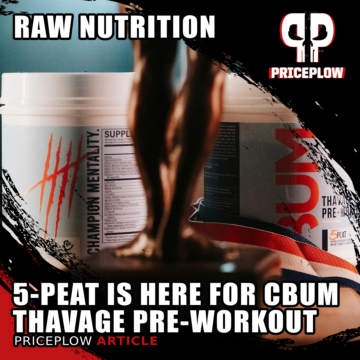
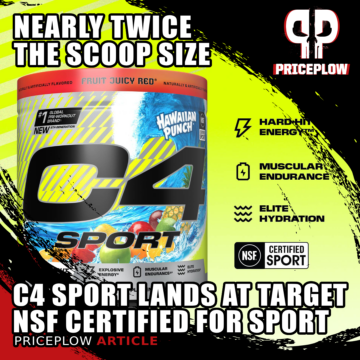

Comments and Discussion (Powered by the PricePlow Forum)